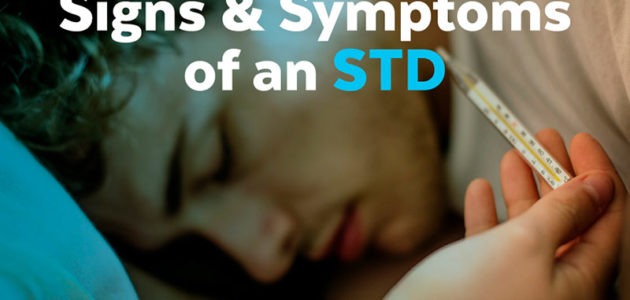Sexually transmitted diseases (STDs), sometimes also called sexually transmitted infections (STIs), are infections that are usually transmitted through different forms of sex.
According to the World Health Organization fact sheet on STDs, more than 30 different viruses, bacteria, and parasites can be spread through sexual activity, but just eight conditions make up the lion’s share of all STDs:
Curable: chlamydia, gonorrhea, syphilis, trichomoniasis
Incurable: HIV, hepatitis B, herpes simplex virus (HSV or herpes), human papillomavirus (HPV)
Below you’ll find a quick overview of the most important things you should know about STDs.
How are STDs transmitted?
STDs are transmitted through any type of sexual activity that involves contact with bodily fluids, including vaginal, oral, and anal sex. Some STDs like HIV or hepatitis B can also be contracted through blood transfusions and by sharing injection or tattoo needles.
What are the first signs of STD?
One of the main problems related to the diagnosis and management of STDs is that they can be silent for a very long time.
 For example, chlamydia infection in women doesn’t cause any symptoms in over 70% of all cases—but slowly leads to pelvic inflammatory disease (PID) in half of the infected women if left untreated. PID eventually causes scarring of the reproductive organs, resulting in severe risks for the woman’s future fertility.
For example, chlamydia infection in women doesn’t cause any symptoms in over 70% of all cases—but slowly leads to pelvic inflammatory disease (PID) in half of the infected women if left untreated. PID eventually causes scarring of the reproductive organs, resulting in severe risks for the woman’s future fertility.
Many STD symptoms, especially on the early stages of the disease, are vague and non-specific, that’s why they’re often confused with flu or a common cold:
- Fever
- Fatigue
- Nausea and vomiting
- Headaches
- Swollen lymph nodes
- Pain in the abdomen, lower back
- Diarrhea or constipation
- Weight loss
- Poor appetite
So how can you know if it’s flu or an STD you’re dealing with?
Unfortunately, that’s impossible to tell without discussing the matter with an experienced infectiologist and carrying out a few tests. If left undiagnosed and untreated, advanced STD symptoms will develop sooner or later.
What are the advanced symptoms of STD?
Keep in mind that, in most cases, the following symptoms indicate that the disease is already in an advanced state and should be diagnosed and treated urgently to avoid severe complications.
- Abnormal discharge from the genitalia
- Bleeding from the genitalia
- Rashes, lesions, warts
- Swelling, redness, and itching of the genitalia
- Pain during urination and sex
- Frequent urination
Although these symptoms look and feel quite dramatic, it’s important to remember that all STDs are manageable to a certain extent, so don’t despair. After the right medication is prescribed, your condition will improve quite soon.
Conclusion
The most effective way to protect yourself from STDs is to abstain from any kind of sexual contact. Other effective methods of protection include:
- Practicing safe sex by using male or female condoms
- Being in a stable and loyal relationship where each person has sex only with the other participant
- There are available vaccines against hepatitis B and some types of HPV
No matter which method of protection you pick, remember that it doesn’t hurt to get tested for STDs every once in a while just to be sure your health is in the safe zone. Also, remember that if you’re worried that you might have contracted an STD, it’s essential to discuss the matter with an infectiologist as soon as possible. Early diagnosis always makes treatment much more effective!

